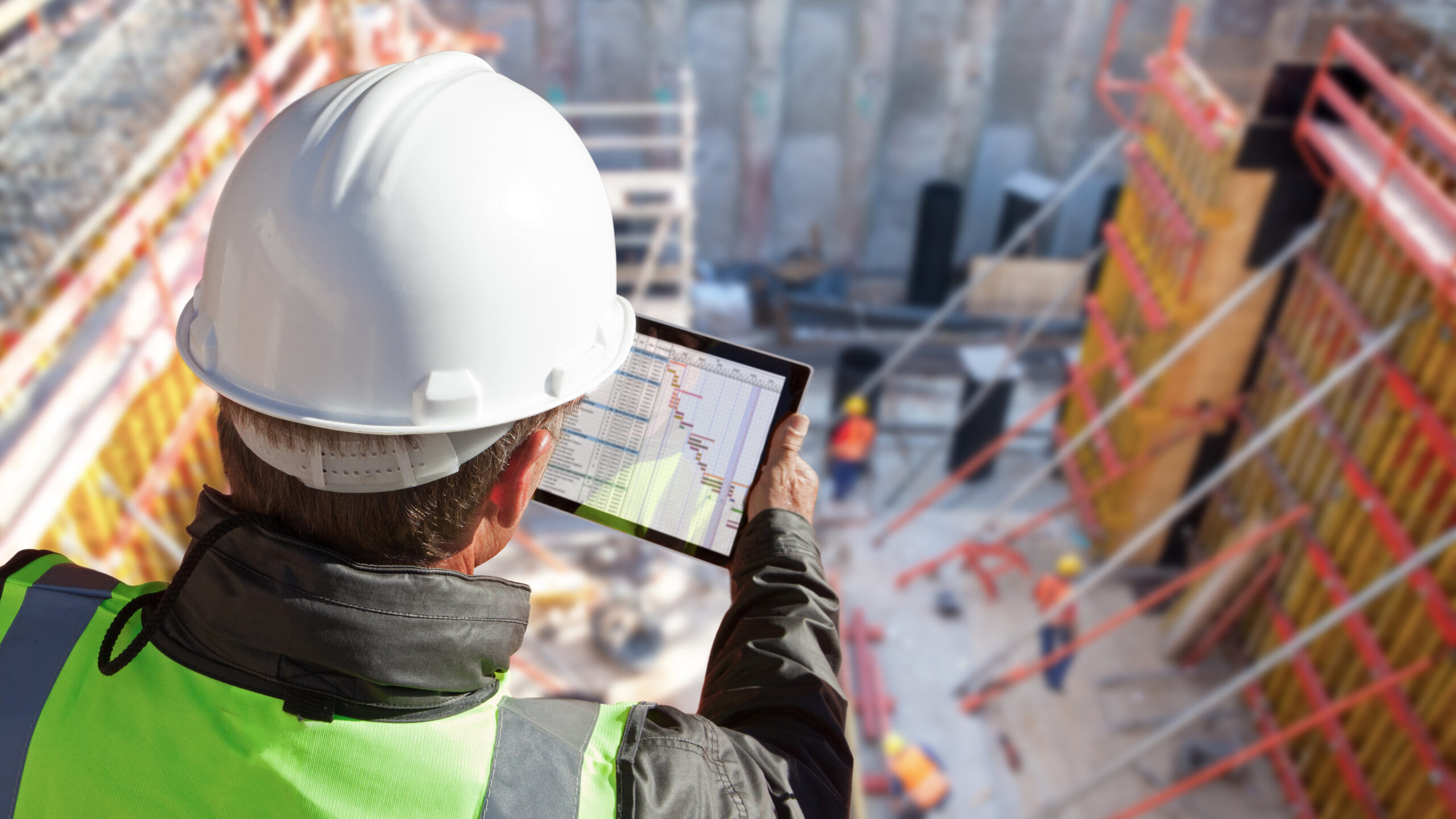How much does flooring cost? How can facilities managers balance the costs of installation versus preventative maintenance or reactive maintenance? Which types cost more? Which cost less?
To help facilities managers, commercial operators and landlords, here is a ranked list of flooring material, from least expensive to most expensive – factoring in installation and material.
-
Carpet – In general, carpet flooring is the least expensive surface of all. The labor on carpet installation is lower than other flooring materials and building operators and facilities personnel need to balance cost effective carpets versus long term wear and tear, especially when it comes to hallways, high-traffic areas or office use.
-
Wool Carpet – carpet more than any other flooring surface varies the most in price. With softer nylons flooring materials, or multi-colored carpets or wool carpets, the prices tend to increase and are sometimes even expensive than hardwoods surfaces. But generally speaking, carpet will usually cost less than any other hard surface and provide a good ROI in the long term.
-
Laminate – Laminate flooring is on average more expensive than standard carpet but less expensive than hardwood. The materials for laminate flooring are less expensive and labor is less intensive, therefore cheaper. In addition, under certain circumstances laminate flooring can be installed directly on top of existing flooring, which reduces installation costs.
-
Hardwood Flooring – Hardwood flooring is more expensive than laminate and is often used by premium retail brands, upscale office spaces etc. It is not recommended to any facilities manager or building owner to install hardwood flooring in a warehouse or high-traffic areas of the building. . Oak and bamboo tend to have slightly lower costs than hardwoods.
-
Marble and Granite Flooring – Generally speaking, tile flooring is the most expensive surface to install because it is the most labor intensive. Technicians and installers require proper training and levels of knowledge and expertise to properly install a backsplash or a tile wall in a kitchen or a bathroom. In commercial buildings, larger tiles are used in common areas like bathrooms.



